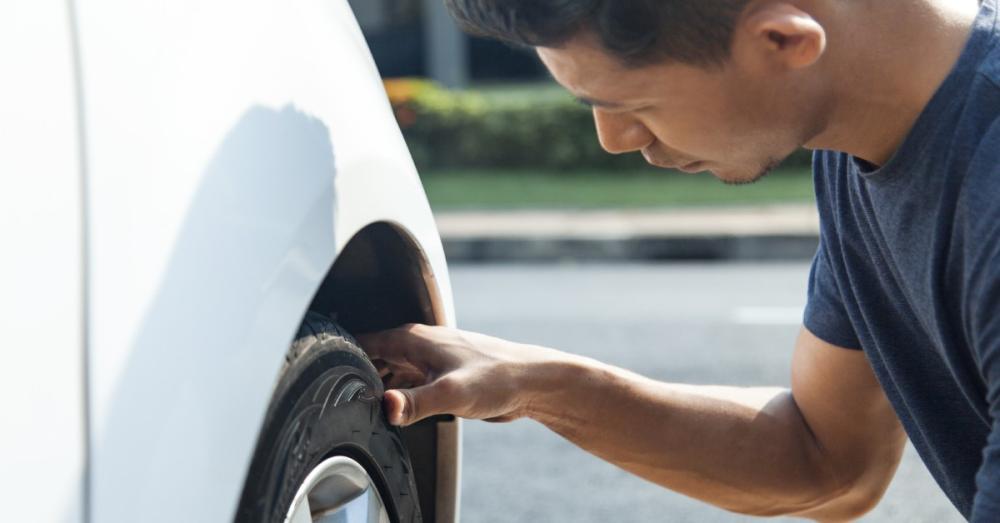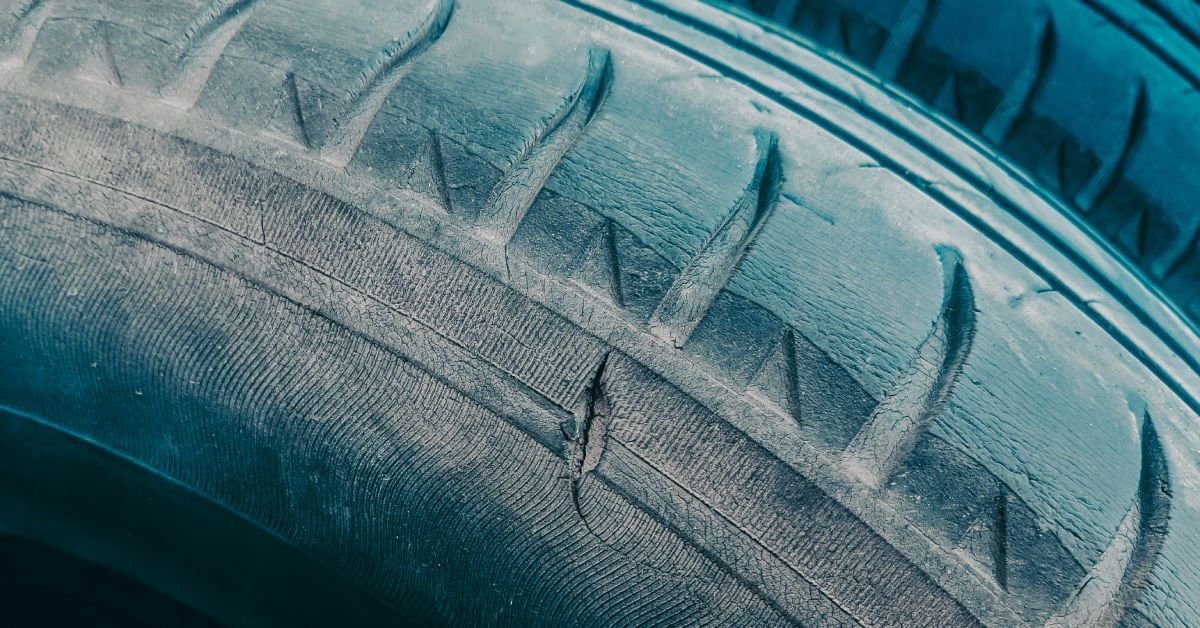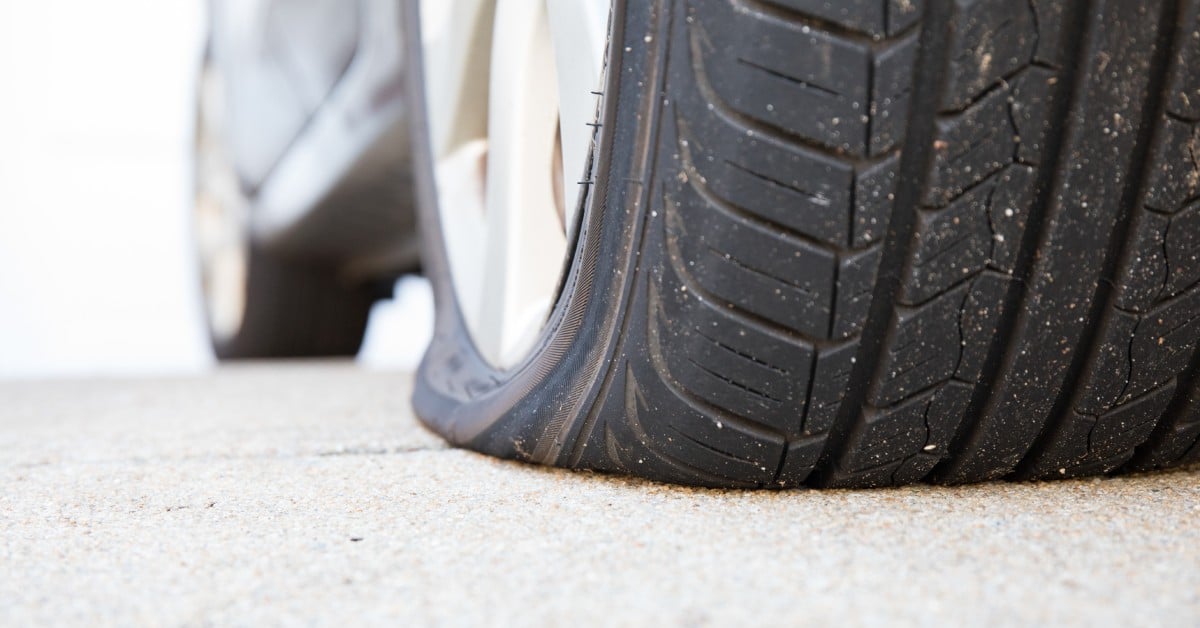
Tires are an important part of your vehicle that receives the most wear and tear from regular usage compared to other vehicle parts. Due to the friction they experience on the road, they will gradually wear out over time. While manufacturers make tires for this purpose, there’s no way to stop wear and tear from happening.
Therefore, knowing how to properly inspect your tires for damage is crucial. However, you’ll need to consider many factors when inspecting them. In this post, we’ll go over each of them with you so you can make sure your tires are safe to drive on.
Factors That Contribute to a Tire’s Overall Health
Tires may seem simple on the surface, but a few factors contribute to their health—the tire’s condition, tread depth, and tire pressure. Each of these things will affect your tires differently, so it’s essential to look into them independently to determine whether your tires are still in usable condition.
How To Check Your Tire’s Condition

The best place to start is by looking at your tires’ condition. You can do this by simply scrutinizing each tire to see if there are noticeable cracks or chips in the rubber. Some other irregularities to keep an eye on are bugles, uneven wear, and foreign objects trapped in the rubber.
While looking for these problems, be sure to look in between the tires’ treads and along the sidewalls. Damages are more likely to occur in the treads since they contact the road, but sidewall issues can be just as detrimental to your tires’ health. Also, be sure to drive forward a few feet so you can check the area that was on the ground during your first pass when inspecting your tires.
How To Fix Your Tire’s Condition
Unfortunately, there’s not a whole lot you can do if you notice any damage to your tire’s exterior. Sometimes, you can fix uneven wear by rotating your tires, or you can patch a tire depending on the case, although this is not always a permanent solution. Your tires’ condition can worsen depending on the issue’s source.
In most cases, buying a new tire (or set of tires) will be your best course of action. You don’t need to rush out and buy new tires the second you find a single imperfection. Small amounts of wear and tear are normal.
You’ll just want to keep an eye on any small irregularities to make sure they don’t become worse. You can also take your car to a professional to get their opinion on the damage if you’re ever unsure about whether it’s a potential hazard.
How To Check the Tread Depth
Your car will have trouble gripping the road if the tread is too low, which could lead to hydroplaning, fishtailing, loss of control, and possibly an accident if you have to take a sharp turn or maneuver your vehicle through slippery conditions.
Fortunately, knowing whether your tread is in good condition is much easier than determining the damage’s severity. A great tread depth is above 5/32”. You might want to start considering your tire options if the tread depth falls around 4/32”. However, you must immediately act if it reaches 3/32” or less.
Since not everyone has the tools needed to check their tires’ tread depth, there’s an easy trick that can help, known as the Penny Test. Performing it is quite simple. All you do is take a penny and place it with Abraham Lincoln’s head straight down into the tread’s groove. Your tires are fine if his head submerges into the tread. However, your tires are no longer safe to drive on if you can clearly see his head.
How To Fix the Tread Depth
Like tire damage, there’s not much you can do to fix tread depth. It’s not like you can buy additional tread and attach it to your tire. Even if someone sold such a thing, there’s no safe way to attach it to a tire and get it to stay in place while driving. Therefore, your only option is to buy new tires to replace the ones with unsafe tread depths.
How To Check the Tire Pressure

The final step to properly inspect your tires for damage is to take a look at your tire pressure. Improper pressures will make your vehicle less stable on the road and cause uneven wear to your tires. The most common problem people run into is low tire pressure. You can check the pressure of each tire with a tire pressure gauge. Most air pumps have built-in manual gauges that make it easy to accurately measure your tire pressure.
While proper limits will vary depending on tire size and vehicle type, each one has a lower limit that you shouldn’t let your tires go past. Most vehicles will have these limits printed on the inside of your driver-side door, so check these before checking your tire pressure. Many modern vehicles have built-in tire pressure gauges, but it’s always good to check them by hand to know whether they need more air.
How To Fix the Tire Pressure
Fortunately, tire pressure is something that’s almost always fixable without having to buy new tires. In most cases, all you need to do is get your car to a tire refill station and pump air back into your tires until they reach the desired psi level.
However, you’ll need to do a bit more to remedy the issue if the lack of tire pressure is the result of a punctured inner tube. In most cases, a simple patch job will seal the hole, allowing you to safely refill your tires. Many mechanics will provide this service for free. However, you’ll likely need to replace the entire inner tube and maybe the outer tire if the puncture or tear is too large. Either way, a professional will let you know which course of action is best for you.
Do You Need To Replace All Your Tires At Once?
During your inspections, you’ll likely realize that only some of your tires need replacing. However, many have heard that when you need to replace one tire, you should replace all of them. The typical initial cost of replacing all four tires scares people.
However, in some cases, you can get away with only replacing two tires. However, you should prepare for a time when replacing all four tires at once will be necessary. For example, varying degrees of damage due to normal wear and tear will require a full replacement, especially if you drive an AWD or 4WD vehicle. The reason to make replacements in pairs is so your car doesn’t become lopsided and wear your tires unevenly. Make sure to either replace the front or the back tires, not one from each end. Doing so will help keep your vehicle level.
Be sure to shop around for deals if replacing two tires still sounds like too much for your budget. Buying car tires online from WheelerShip is always a good place to start! By shopping online, you can find the best deals and easily compare prices to make sure you’re improving your vehicle’s safety while sticking to your budget.
